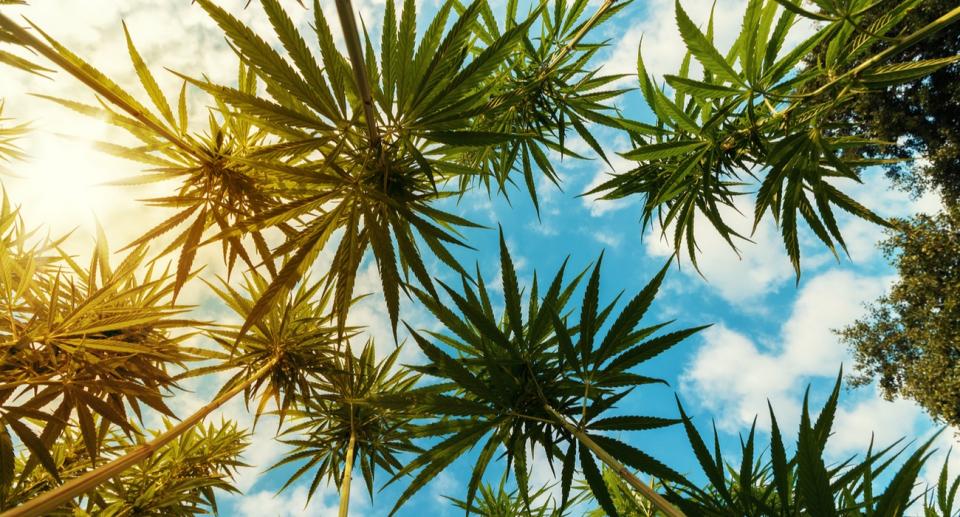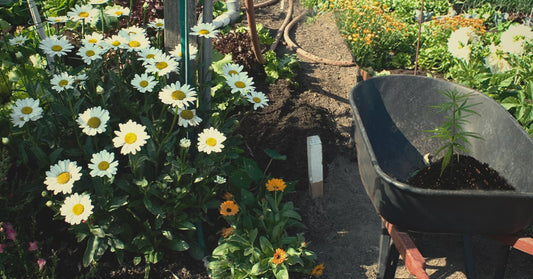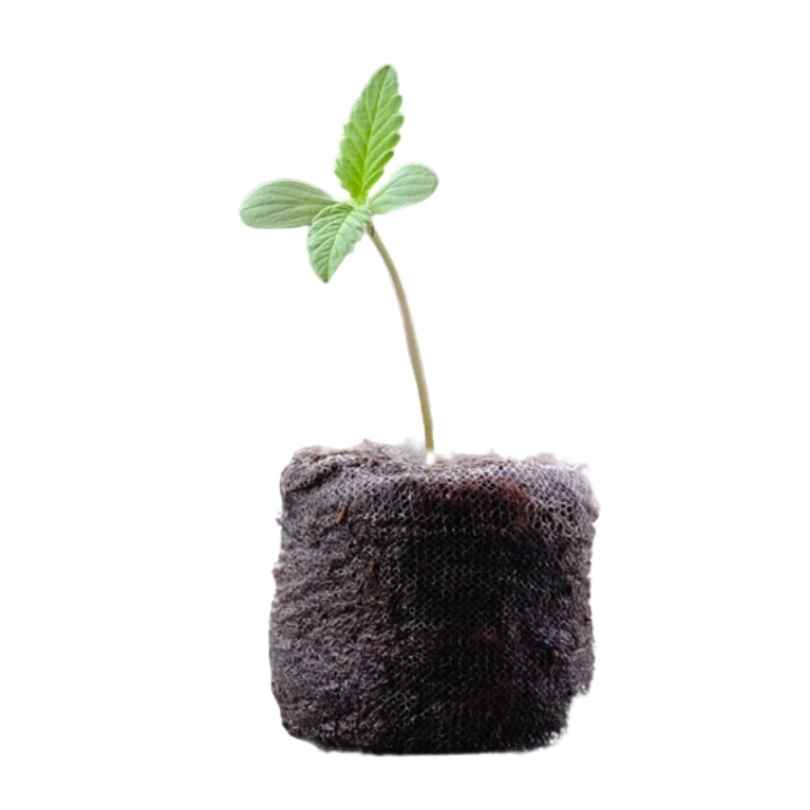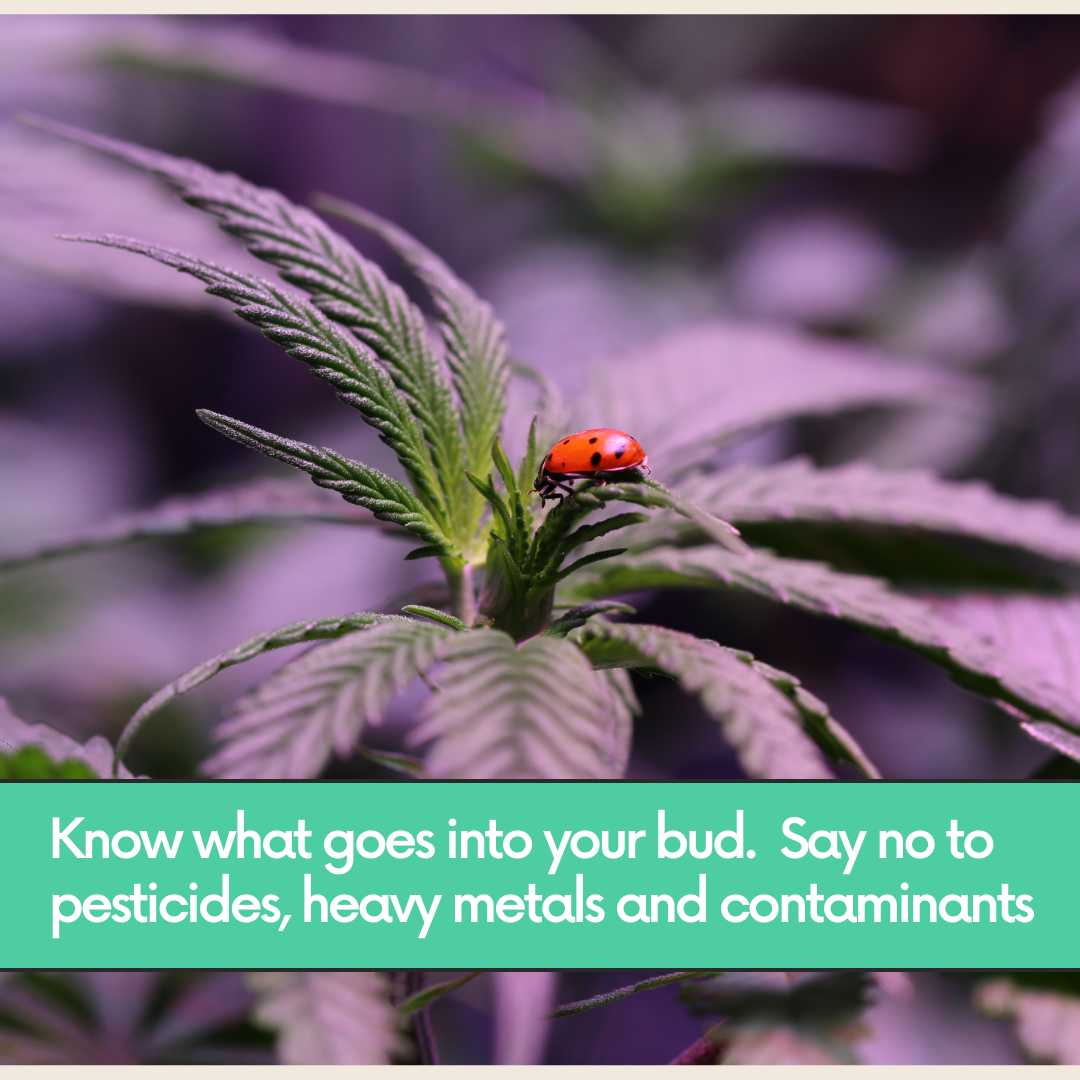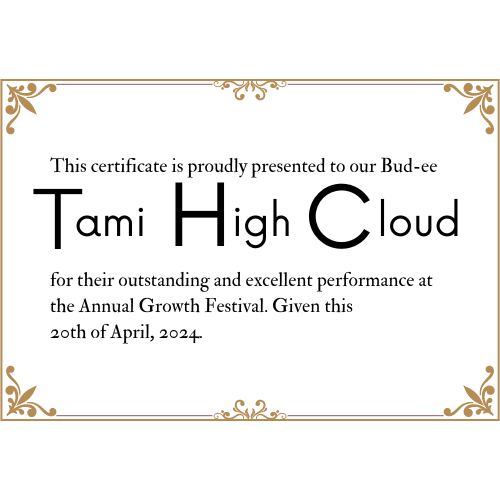“Organic” is one of the most popular buzzwords in the cannabis industry today. You see it on product labels, hear it in dispensary conversations, and find it splashed across marketing campaigns. But what does it actually mean when we call cannabis organic?
The truth is, the term is surprisingly subjective—and in many cases, it’s not even officially recognized for cannabis products.
Defining “Organic”
In food and agriculture, the USDA defines certified organic products as those grown and processed according to strict federal guidelines. These include rules about soil quality, pest control, additives, and a ban on genetically modified organisms (GMOs). However, there’s flexibility: certain synthetic substances can still be used if approved for organic farming.
This works for foods like tomatoes or carrots, but because cannabis is still federally illegal in the U.S., true USDA organic certification is off the table. State-level certifications, like California Certified Organic Farmers (CCOF), can only offer “organic-comparable” recognition—not full USDA organic status.
The Challenge with Organic Cannabis
Without a national or global definition, “organic cannabis” is more a marketing term than a standardized certification. Growers and brands often interpret it differently:
-
Living soil purists: Only consider cannabis organic if it’s grown in natural, self-made soil with compost and no bottled nutrients.
-
Certified nutrient users: Use bottled nutrients labeled as organic and still claim the same.
-
Mixed-method growers: Combine mineral (salt-based) nutrients with organic amendments and argue the final product is indistinguishable from fully organic.
Nutrients: Organic vs. Salt
Many people believe organic nutrients and mineral salts are fundamentally different—but at the plant level, they’re chemically identical once absorbed.
-
Organic nutrients: Derived from natural matter (e.g., bat guano, compost). They require microbes to break them down into minerals the plant can use.
-
Salt nutrients: Already in mineral form and immediately available to plants. These aren’t “synthetic” in the man-made sense; they’re mined naturally from the earth.
The biggest difference? Organic methods often support a richer microbial ecosystem, which can enhance flavor, terpenes, and overall plant health. But quality results are possible with either approach if managed correctly.
IPM and Safety
Integrated Pest Management (IPM) practices matter just as much—if not more—than the nutrient source when evaluating “organic” cannabis. Even substances labeled as safe for food can be harmful when combusted and inhaled (for example, the fungicide myclobutanil).
Some synthetic inputs, like hydrogen peroxide, are approved for organic farming because they break down into harmless compounds. So, having no toxic chemical sprays is often a stronger indicator of clean cannabis than simply claiming “organic nutrients.”
Seeds and Genetics
Currently, there’s no such thing as a genetically modified cannabis seed in the traditional GMO sense. Selective breeding is standard practice and considered “organic.” Concerns about genetic manipulation may arise in the future, but for now, all seeds from classic breeding methods can be considered organic.
The Takeaway: Clarity Over Claims
Until cannabis can be federally certified organic, the term remains vague and easily misused. Instead of relying on the buzzword, look for brands and growers that explain their practices clearly, such as:
-
“We use no-till living soil.”
-
“We use compost-based amendments only.”
-
“We avoid chemical sprays during flowering.”
True transparency beats a label claim. Ultimately, great cannabis can be grown with various techniques—as long as the grower is skilled, mindful of safety, and dedicated to plant health. This means that as long as you know what to look for and what practices are healthy for your plants you too can grow "Organic" cannabis at home.

